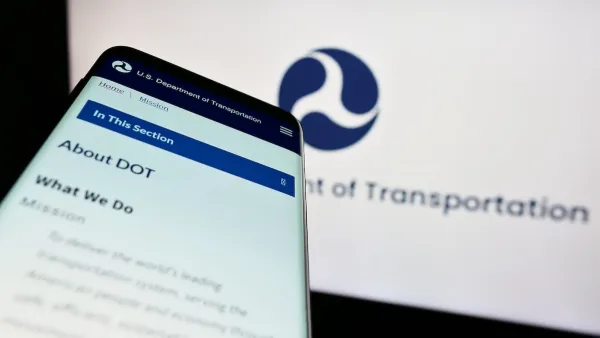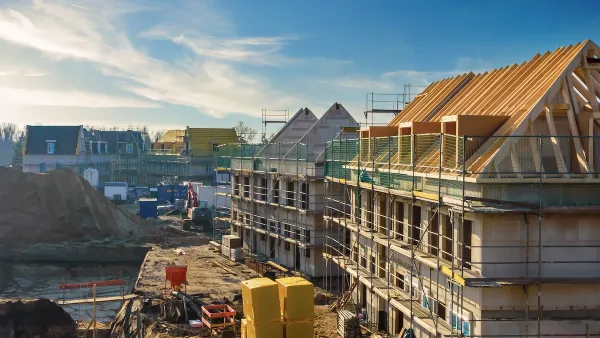Our immigration system is broken and needs comprehensive reform. Comprehensive reform would address all aspects of our immigration system, not just focus on enforcement measures, for example, or on updating a single kind of visa.
By Ali Noorani
Our communities are changing. And that has big implications for our national conversation about immigrants and immigration.
The immigration debate in Washington tends to get caught up in politics, but that’s nothing new. Leaders around the country and across the political spectrum aren’t letting political calculations get in the way of an important realization: America will thrive when new Americans have the opportunities, skills, and status to reach their fullest potential.
To put it another way, when we help everyone in our communities reach their potential, we as a country will reach ours. And local community groups will be an important part of this effort.
Policy and Politics
Our immigration system is broken, and needs comprehensive reform. Comprehensive reform would address all aspects of our immigration system, not just focus on enforcement measures, for example, or on updating a single kind of visa. The necessary ingredients include:
• The chance for contributing immigrants already here to earn legalization and eventual citizenship.
• Sensible enforcement that focuses resources on fighting crime.
• A strengthened employment system that holds all employers accountable.
• A functioning immigration process that keeps American families together and establishes a future flow of workers and new citizens that is attuned to the nation’s economic and labor needs.
There have been nearly a century of immigration policy efforts in Congress, but change has been difficult. Presidents George W. Bush and Obama, and members of both parties in Congress, have come close—excruciatingly so, for advocates—to making comprehensive immigration reform a reality, but did not succeed.
President Bush was a strong advocate for comprehensive immigration reform and nearly managed to shepherd it into law in 2001 and again between 2005 and 2007. But in 2001, the Sept. 11 attacks halted momentum, and disagreements between the House and Senate were among the stumbling blocks in 2005 and 2006.
In 2007, after Democrats took control of both houses of Congress, President Bush again pressed for a reform bill that would have provided for tougher border security, toughened employer enforcement, a guest worker program, and a pathway to legalization for those who were already in the United States. That effort collapsed, however, after Democrats and Republicans couldn’t agree on a deal.
Then-Sen. Barack Obama pledged during his 2008 presidential campaign to pursue comprehensive immigration reform, but immigration occupied the back burner early in his presidency as his administration used Democratic majorities in both chambers to address the economic crisis and healthcare reform. In late 2010, an effort to provide a path to citizenship for young people brought to the United States as children fell just short when Senate Republicans and a handful of conservative Democrats filibustered the Development, Relief, and Education for Alien Minors (DREAM) Act.
Faced with a Congress dominated by the Tea Party and a presidential opponent who touted a policy of “self-deportation,” the Obama administration announced a program in June 2012 that allows young people who would have qualified for relief under the DREAM Act to come forward, obtain work permits and live free from the fear of deportation. Hundreds of thousands of young people benefit from the Deferred Action for Childhood Arrivals (DACA) program, which is renewable every two years.
Obama won reelection with the help of very strong support from Hispanic, Asian, and other immigrant voters—demographics that continue to grow among the American electorate. In a post-election analysis, Republican National Committee Chairman Reince Priebus concluded that his party “must embrace and champion comprehensive immigration reform.”
The stage was set for broad immigration reform in the 113th Congress. Bipartisan groups of Democrats and Republicans in each house worked to draft immigration bills—and in the Senate, a bipartisan bill passed 68-32 in June 2013. The bill featured increased border security, mandatory worker verification, new visa programs for workers across the spectrum, and an opportunity for people already in the U.S. to earn citizenship over time, among other provisions.
But party politics intervened in the House. A similar bipartisan group broke up without releasing a bill, leaders ruled out taking up the Senate bill, and talk of even a piecemeal approach triggered strong pushback from far-right Republicans. A series of enforcement bills that emerged from committees were never brought up for votes, and momentum died over the summer of 2014, thanks in part to two circumstances: a far-right primary challenger handed House Minority Leader Eric Cantor a surprise primary defeat, and an increase in the number of unaccompanied children from Central America crossing the U.S.’s southern border changed the focus of the debate...
FULL STORY: A New Remedy for America’s Complicated Immigration History

Analysis: Cybertruck Fatality Rate Far Exceeds That of Ford Pinto
The Tesla Cybertruck was recalled seven times last year.

National Parks Layoffs Will Cause Communities to Lose Billions
Thousands of essential park workers were laid off this week, just before the busy spring break season.

Retro-silient?: America’s First “Eco-burb,” The Woodlands Turns 50
A master-planned community north of Houston offers lessons on green infrastructure and resilient design, but falls short of its founder’s lofty affordability and walkability goals.

Test News Post 1
This is a summary

Analysis: Cybertruck Fatality Rate Far Exceeds That of Ford Pinto
The Tesla Cybertruck was recalled seven times last year.

Test News Headline 46
Test for the image on the front page.
Urban Design for Planners 1: Software Tools
This six-course series explores essential urban design concepts using open source software and equips planners with the tools they need to participate fully in the urban design process.
Planning for Universal Design
Learn the tools for implementing Universal Design in planning regulations.
EMC Planning Group, Inc.
Planetizen
Planetizen
Mpact (formerly Rail~Volution)
Great Falls Development Authority, Inc.
HUDs Office of Policy Development and Research
NYU Wagner Graduate School of Public Service




























